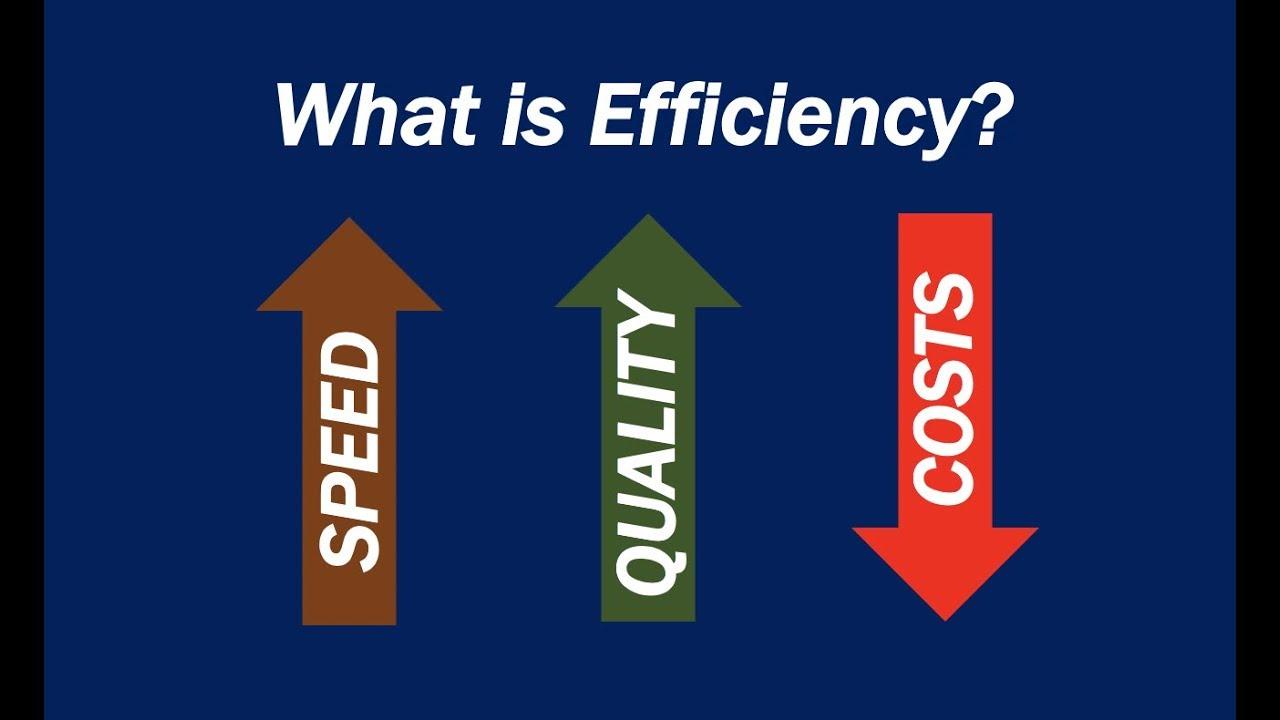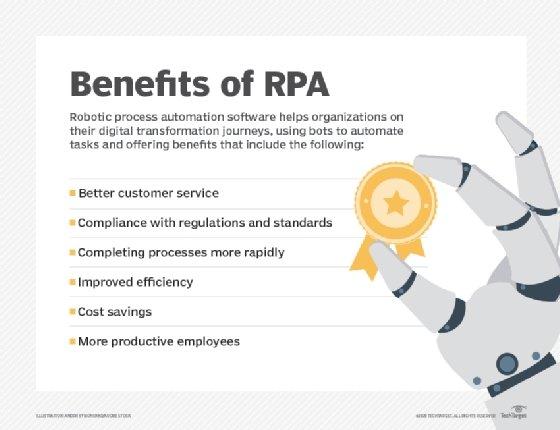In a world where technology is constantly evolving at lightning speed, a new player has emerged on the scene, poised to revolutionize the way businesses operate. Robotic Process Automation (RPA) is shaking up industries around the globe, offering a faster, more efficient way to handle repetitive tasks. With its ability to streamline workflows and increase productivity, the rise of RPA is changing the game for companies big and small. Let’s delve into the world of robotic automation and explore how this cutting-edge technology is reshaping the future of work.

- Revolutionizing Business Operations with RPA Technology
Robotic Process Automation (RPA) technology has emerged as a game-changer in the world of business operations. The automation capabilities of RPA software have revolutionized how tasks are performed, leading to increased efficiency, accuracy, and cost savings for organizations. By mimicking human actions to complete repetitive processes, RPA technology streamlines workflows, reduces errors, and allows employees to focus on more strategic and creative tasks.
One of the key benefits of RPA technology is its ability to integrate with existing systems and applications, enabling organizations to automate a wide range of tasks across departments. From data entry and invoice processing to customer service and HR processes, RPA software can handle a variety of repetitive tasks with speed and precision. As businesses continue to adopt RPA technology, they are experiencing increased productivity, improved customer satisfaction, and enhanced decision-making capabilities. In this digital age, harnessing the power of RPA technology is essential for organizations looking to stay competitive and agile in a rapidly evolving market.
– Enhancing Efficiency and Accuracy through Automated Processes

Your weekly fresh journal for AI and Automation
Over 76,000 subscribers
With the rise of Robotic Process Automation (RPA), businesses are finding new ways to enhance efficiency and accuracy through automated processes. By utilizing RPA technologies, companies can streamline their operations, eliminate manual tasks, and reduce human error. This not only improves productivity but also allows employees to focus on more strategic and creative aspects of their work.
AI and automation are revolutionizing the way businesses operate, making tasks quicker and more accurate than ever before. Through RPA, organizations can automate repetitive processes, integrate disparate systems, and improve data accuracy. This shift towards automation not only saves time and resources but also ensures a higher level of precision in tasks such as data entry, analysis, and decision-making. Embracing RPA can lead to increased efficiency, cost savings, and overall business growth.
– Overcoming Challenges and Maximizing RPA Benefits

Your weekly fresh journal for AI and Automation
Over 76,000 subscribers
In the ever-evolving landscape of business automation, Robotic Process Automation (RPA) has emerged as a prominent player, reshaping how organizations streamline their operations. As companies strive to increase efficiency and reduce human error, RPA offers a solution that combines artificial intelligence and machine learning to automate repetitive tasks, freeing up employee time for more strategic initiatives.
To fully harness the benefits of RPA, businesses must navigate and overcome various challenges. Implementation hurdles, such as resistance to change and integration complexities, can hinder the successful adoption of RPA. By investing in employee training, fostering a culture of innovation, and carefully selecting the right processes to automate, organizations can maximize the potential of RPA and drive significant improvements in productivity and cost savings. Automation ROI Calculator

– Strategizing for Successful Implementation of Robotic Process Automation
Robotic Process Automation (RPA) is revolutionizing the way businesses operate by automating repetitive tasks and freeing up human employees to focus on more strategic initiatives. As organizations look to implement RPA, it is crucial to strategize for successful implementation to maximize the benefits of this technology. One key consideration is to carefully assess the processes that are best suited for automation. Not all tasks are suitable for RPA, so identifying the right processes upfront is essential for a successful implementation.
Another important aspect of strategizing for RPA implementation is to engage with key stakeholders across the organization. Involving business leaders, IT teams, and end-users from the beginning can help ensure buy-in and collaboration throughout the implementation process. Additionally, providing proper training and support for employees who will be working with RPA can help smooth the transition and increase the chances of successful adoption. By taking a strategic approach to RPA implementation, organizations can streamline operations, improve productivity, and drive business growth.
Wrapping Up
As we witness the rapid evolution of technology in the digital age, the rise of Robotic Process Automation (RPA) is reshaping industries and revolutionizing the way we work. With its ability to streamline repetitive tasks and increase efficiency, RPA is paving the way for a more automated future. As organizations continue to embrace this transformative technology, it will be fascinating to see how RPA will continue to innovate and disrupt traditional business processes. So, buckle up and get ready for the exciting journey ahead as we navigate the ever-changing landscape of automation with Robotic Process Automation leading the way.
